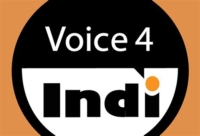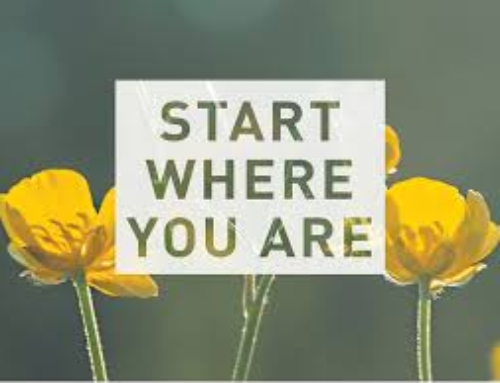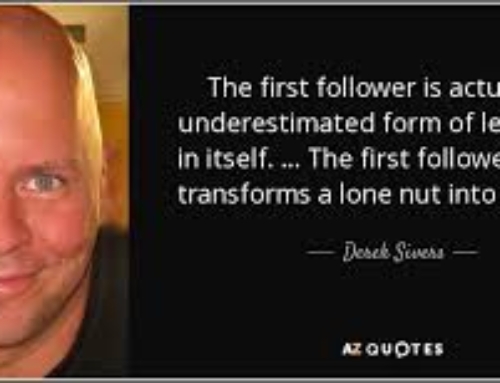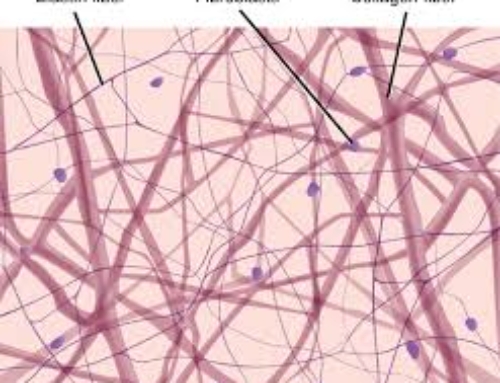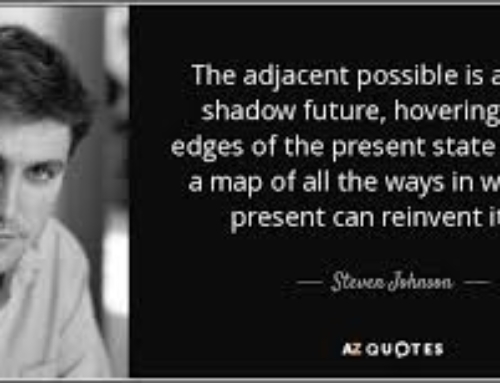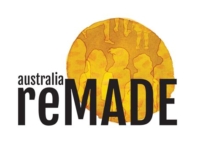
I have a habit of stumbling onto things that send me off in delightful new directions. That happened a few weeks ago when I attended on of the “creative adjacent” workshops that Kelly Corrigan hosts to help her readers figure out how to improve what they are already doing as writers, activists, and, frankly, anything they are working on.
As she often does, Kelly broke the two hundred or so participants into small breakout groups to talk about what they were working on, what was hanging them up so that we could guide her in her efforts at helping her readers reach their goals, whatever they happen to be.
Luckily, Gretchen and I got put in a group with three other participants, including Lily Spencer (whom we didn’t know) of Australia reMADE (which we had never heard of before). It soon became clear that Lily’s work and ours overlapped in lots of ways, none of which Kelly could have anticipated when she set up these meetings since most of the participants at those workshops were anything but social change activists.
So, we followed up and started exploring those overlapping interests in both Australia where we had done some work twenty years ago and in the United States, where Lily was raised and lived until she enrolled in an Australian university and never left.
As we talked, I realized that not only was her work at Australia ReMADE critical to the kinds of things that we are trying to do here in the United States but that another organization she pointed us toward, the Voices for Indi (and now much of the rest of the country) had just as much to offer.
Bottom line. Lily helped us see the importance of having a powerful and positive vision to work for and the Voices communities gave us a slightly fuzzier hint of what that work could be like here in the United States.
Australia reMADE
Australia reMADE is a relatively new organization for which there really is no equivalent in the United States. It was created by a number of progressive organizations that had a history of advocacy or campaigning on individual issues such as aboriginal rights, climate change, the state of Australian democracy, and the like. Over time, the organizations’ leaders reached two conclusions. First, they had to find ways of combining their efforts in ways that, in my terms, connected the dots across issue lines. Second and more importantly, they needed to do so around positive or constructive themes that people would support rather than simply raising objections to what was wrong about Australian society.
To make a long story short, they created Australia reMADE. Even readers who know nothing about that country can see the power of what they are working for by watching its video on what it calls the ordinary paradise of Australia.
They started by going around the country and listening to what people wanted. In a subtle but important way, this part of their project differed from the great work being done by organizations like Living Room Conversations in that they were not looking to bridge ideological divides, per se, but to begin finding out what Australians actually held in common and wanted to see as part of their collective future. That, in turn, led the team to develop the powerful and unifying set of shared values that you saw in the video which I’ve been spreading far and wide here in the United States.
I don’t know if we’d find the same thing here, but in their terms, they found that Australians hopes for the future were “staggeringly similar” and revolved around what Lily and her colleagues refer to as nine pillars which I’ve expanded on a bit for an American audience, including:
- learning from the values of its Aboriginal and Torrey Islands populations who were so badly abused by white settlers
- protecting the natural world for now and for the future
- developing an economy that benefits everyone
- embracing the growing diversity of the Australian population
- building flourishing communities of all types in their large but not heavily populated country
- providing what it calls a “new dawn” for women (note that most of its founders and leaders are women)
- enhancing Australian democracy
- helping Australia be a “proud contributor to a just world”
Not all of these points would directly carry over to the United States, but think about what would happen if you substituted the United States for Australia and otherwise made some simple tweaks to the list and made progress toward these goals. Wouldn’t the United States be a dramatically better place?
As they put it, they are putting forward “a vision of the best of us.”
Make no mistake. The individual members of the leadership team are highly critical of Australian political life and leadership in recent decades. Still, this really is a vivid, constructive depiction of what a new Australia (or United States) could look like and that activists could organize around.
As they put it, the vision is both idealistic and ordinary. Utopian and common sense. Theirs is literally a vision for a better country that, like our own, has seen its share of division and gridlock.
Their words are worth citing at some length here
The intention is not to dictate a wish list of new demands and policies but to inject a breath of fresh air. To ignite inspiration, conversations, and the possibility that we will plot a new and dazzling course of this country … a future we can be excited to create. This is our time.
We’re all living in a time disruption, challenge and opportunity. So our purpose here is simple: to name and claim more of the world we want, rather than the one we fear.. Let’s life each other up with a picture of what is possible. Let’s celebrate and cherish all that is good. Let’s change what is not good enough for the better, as countless others in history have done before.
Voices for Indi and Beyond
I had actually spent some time on the Australia reMADE website before we figured out the International Date Line and found a time when we could talk to Lily Spencer and assumed that we would spend our hour talking about how we could import its ideas. That would have been fine and cool and more than enough.
But Lily more in store for us. She wanted to make certain that we also knew about Voices for Indi and its separate effort to move the country toward at least some of those values.
As you are about to see, the now several Voices movements have enjoyed what seemed to my American eyes to be remarkable success in ways that could be adapted for use here.
A little background is in order. Australian parliamentary districts have names. So Indi refers to a district in northeastern Victoria about half way between Sydney and Melbourne (you’ll probably need a map, I did). Indi is mostly rural with no city having more than forty thousand residents.
The district had been safely conservative for decades (to confuse Americans, the leading right of center party in Australia is known as the Liberals). That was the case in the first half of the 2010s with one twist. The incumbent member was particularly distant from her constituents whom she often seemed to treat with disdain.
A group of Indi citizens who had deep roots in the region’s farming and health care communities decided to do something about it. To make a long story short, they held what they called Kitchen Table Conversations around the district, found what people hoped for (overlapping quite a bit with Australia reMADE’s nine pillars), and decided to revitalize local democracy by running a candidate who could at least make the district somewhat competitive and force the member of parliament to pay some attention to local concerns. That effort led them to create Voices of Indi. It was never going to be a political party, per se, but its leaders did decide to support an independent candidate in the 2013 election, Cathy McGowan, whose family had farmed in the area for more than a century.
To the surprise of many (and after a lot of hard work), she won. She won again three years later. In 2019, she decided not to stand for re-election, and Helen Haines, another Voices for Indi candidate, won the seat and did so again last year.
There is no doubt that Australia’s peculiar version of what we Americans call rank choice voting made it possible for McGowan and Haines to win. Their success also made it possible for the Voices for … movement to spread to the point that there were 56 Voices groups in the country’s 151 electoral districts, most of which ran candidates in 2022, nine of whom won joining the growing number of cross-bench or independent members of parliament.
The groups work independently and stress issues that are of importance to the people who come together and create a Voices community. Most, however, stress the importance of strengthening Australian democracy and promoting a more effective government response to climate change, whether, as in Indi, they are based in the countryside or in the country’s largest cities.
As Gretchen and I read the Voices team’s The Indi Way (available in the US at most online bookstores), we couldn’t help but be jealous. Until the United States adopts something like a national ranked choice voting system, we are unlikely to break the stranglehold the major parties have on representation at the national level. And, it is going to take us a while to find local leaders who can carve out positions on issues that appeal to American progressives (the equivalent of Australia reMADE) and rural leaders who come from good conservative stock like McGowan and Haines.
But one can always hope and plan and plot and scheme. And we are already exploring Indilike things we could try in the US.
As we have begun talking about both of these organizations, the idea of creating an American ordinary paradise and finding an organizational formula that would appeal to dissatisfied voters in both red and blue American could be game changers here. It is very much what I had in mind when we started our loose Connecting the Dots community and what I want readers to take away from the book I’m writing with Patricia Shafer, Peace is a Verb. I’m going to have to do a lot of thinking about what US versions of these organizations would look like. And, the book is going to have to include at least a short side trip to Australia.
What’s more, although this is not what she had in mind when she organized her mutual support group (or whatever it is), I’m going to let Kelly Corrigan know that her project is showing signs of success.
For what it’s worth, the shortest trip from Washington DC to Indi takes 38 hours almost half of which would be spent waiting in airports;;;. Tickets start at $2,800 (US).
The views and opinions expressed in this article are those of the author and do not necessarily reflect the official policy or position of the Alliance for Peacebuilding or its members.

